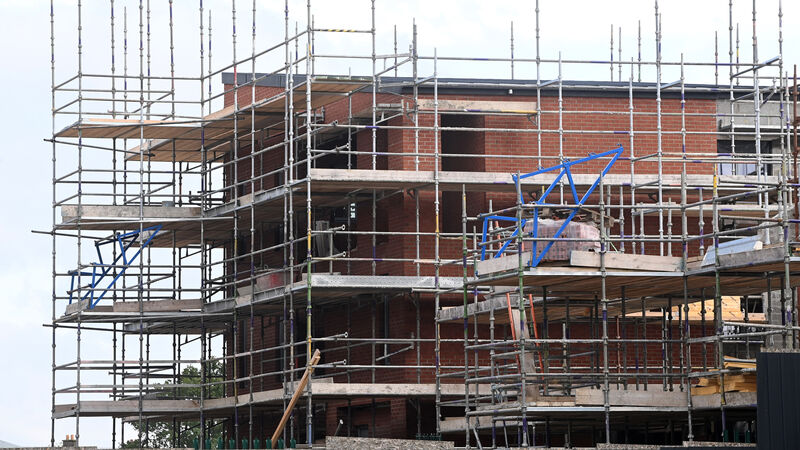New home completions predicted to fall well short of targets again this year

The Mitchell McDermott report shows that planning permission was granted for just 35,000 homes last year — one of the lowest figures over the last six years and down from 41,000 in 2023. Picture: Larry Cummins
Ireland’s output of new homes is stagnating and is likely to fall well short of targets for a second year, a report has forecast.
Last week, the Central Statistics Office (CSO) confirmed that just 30,330 new homes were completed last year — far below the 40,000 forecast by then taoiseach Simon Harris and housing minister Darragh O’Brien.














